Inside the Royal Family’s Eye-Popping Net Worth and Exactly How “the Firm” Makes Billions
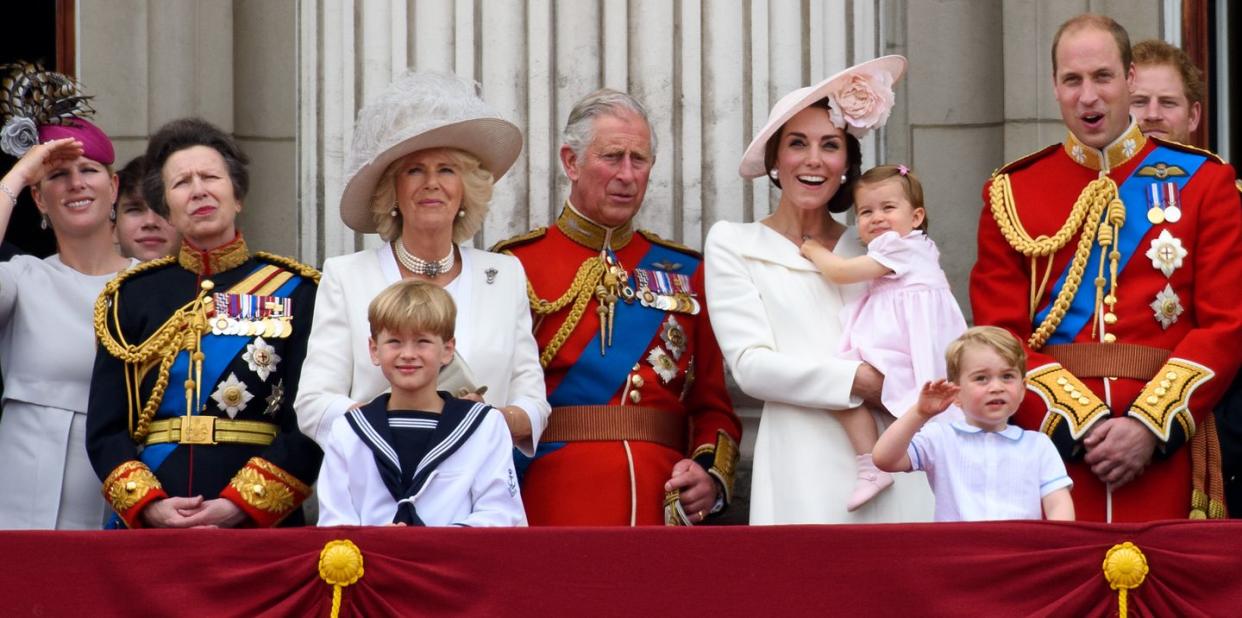
- Oops!Something went wrong.Please try again later.
- Oops!Something went wrong.Please try again later.
It is a truth universally acknowledged that the British royal family is filthy rich. But while their private net worths are extreme (King Charles III alone is worth $600 million), it's nothing compared to the net worth of the Crown itself, aka Monarchy PLC, an entity that exists independently from the royals but also couldn't exist without them. As King George VI once said, the royals are "not a family, we're a firm."
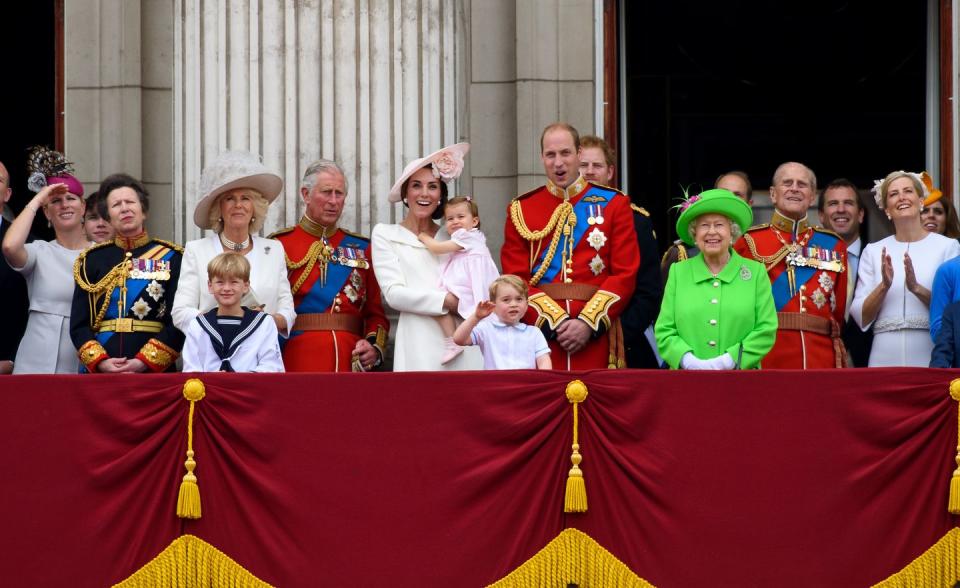
Still confused? Basically the Firm includes the royals themselves but also the well-oiled private and public machine that encompasses them. As the New York Times explains, the Firm is "an army of private secretaries, communications advisers, ladies in waiting, heads of households, chauffeurs, footmen, domestic servants, gardeners, and all the other people who run the palaces, and the lives, of the royals who live in them."
And while monarchs come and go, the Firm just keeps chugging along—making a huge amount of money that largely gets poured into Britain's economy. So, how much is the Firm worth? You're not ready.
The Firm Is Worth $28 Billion
Forbes describes the Firm as a "$28 billion empire that pumps hundreds of millions of pounds into the United Kingdom’s economy every year." An example of how, exactly, that happens? Take Prince Harry and Meghan Markle’s royal wedding. This televised event boosted the U.K. economy by $1.5 billion—and that's on top of the estimated $2.7 billion the royals annually contribute to the U.K. economy.
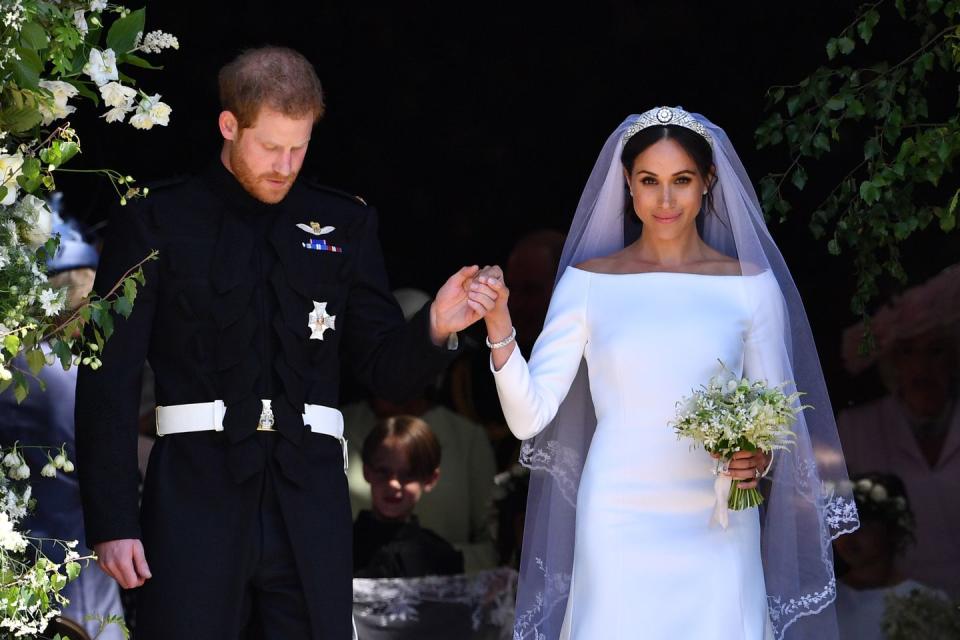
Another example? The power of a royal warrant, which is "granted as a mark of recognition to people or companies (like Barbour) who have regularly supplied goods or services" to the royals. Holding a royal warrant can boost a brand's revenue massively, and Reuters reported in 2015 that over 800 royal warrant holders funneled £4.2 billion to the British economy.
In other words, the royals are basically influencers—and the Firm is their biggest sponsor. Also, I definitely purposefully mentioned Barbour so I could break out my favorite photo of Prince King Charles:
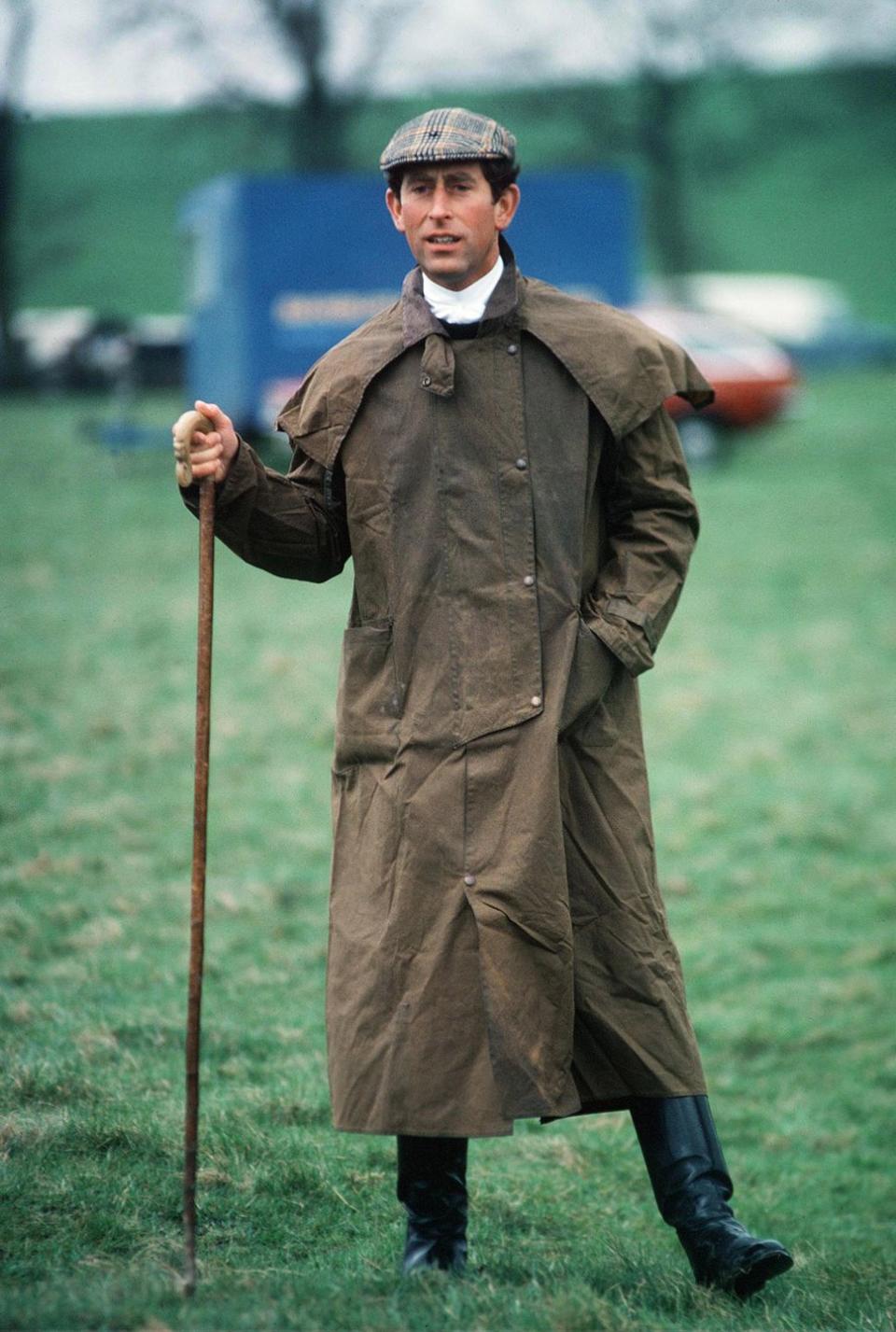
The Firm's Assets
Let's kick things off with the Crown Estate, worth a whopping $19.5 billion. The estate is basically a collection of lands and holdings (or as they put it "a unique business with a diverse portfolio that stretches across the country") that belongs to the Firm and includes Windsor Castle.
Forbes reports that in the fiscal year ending March 31, 2020, the Crown Estate made more than $700 million, $475 million of which was profit. Almost all that revenue goes to the British Treasury, but the royals do get 25 percent of profits thanks to something called the Sovereign Grant (more on that in a minute).
On top of the Crown Estate, Forbes reports the Firm owns Buckingham Palace (worth $4.9 billion), Kensington Palace (worth $630 million), The Duchy of Cornwall (worth $1.3 billion), and the Duchy of Lancaster (worth $748 million).
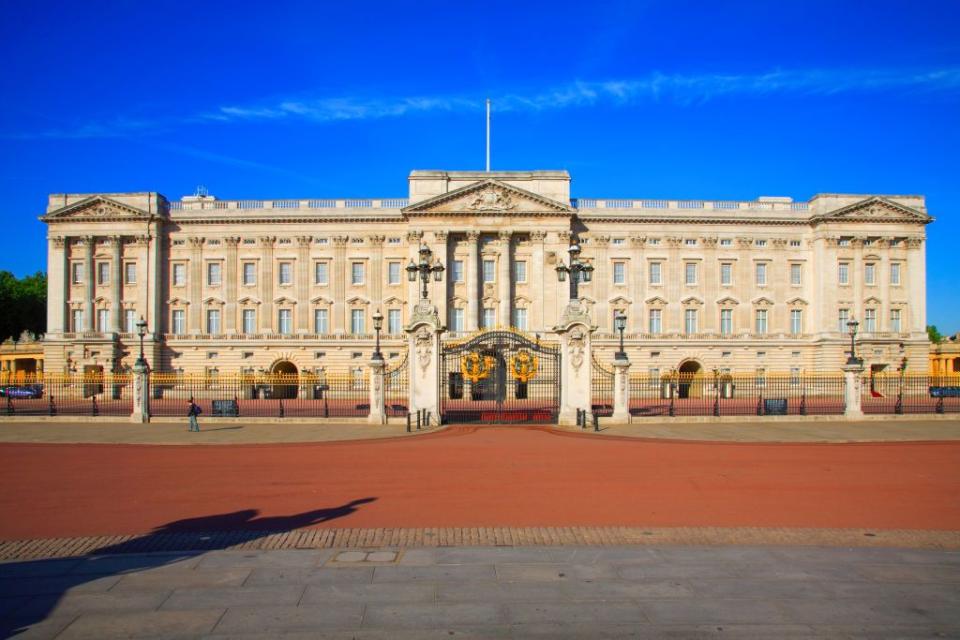
Quick note on the Duchy of Lancaster while we're here: This is basically a portfolio of land, property, and financial investments, and while the monarch is entitled to its profits, they are not entitled to the assets themselves, which belong to the Firm. In other words, if King Charles ever goes broke, he can't sell off properties belonging to the Duchy. And speaking of said properties, they earn a ton of money. In 2021-2022, the Duchy of Lancaster reportedly brought in $21.98 million, which goes directly to Charles. Meanwhile, His Majesty previously had access to the Duchy of Cornwall (also a private portfolio of land/investments) that Prince William now gets as the new Duke of Cornwall. It functions in the same way as the Duchy of Lancaster, meaning William can use the profits, not the assets themselves.
Digging Into the Sovereign Grant
The Sovereign Grant (aka that 25 percent the royals get from the Crown Estate) pays for official royal expenses only—like security and royal engagements. Charles's 2020 Sovereign Grant funds were split up as follows, per Forbes: $7.3 million to his 132 personal staffers, $6.75 million to taxes, $4.4 million to charitable giving, and $7.8 million to his sons (though Prince Harry no longer gets money from the Sovereign Grant due to not being a working royal).
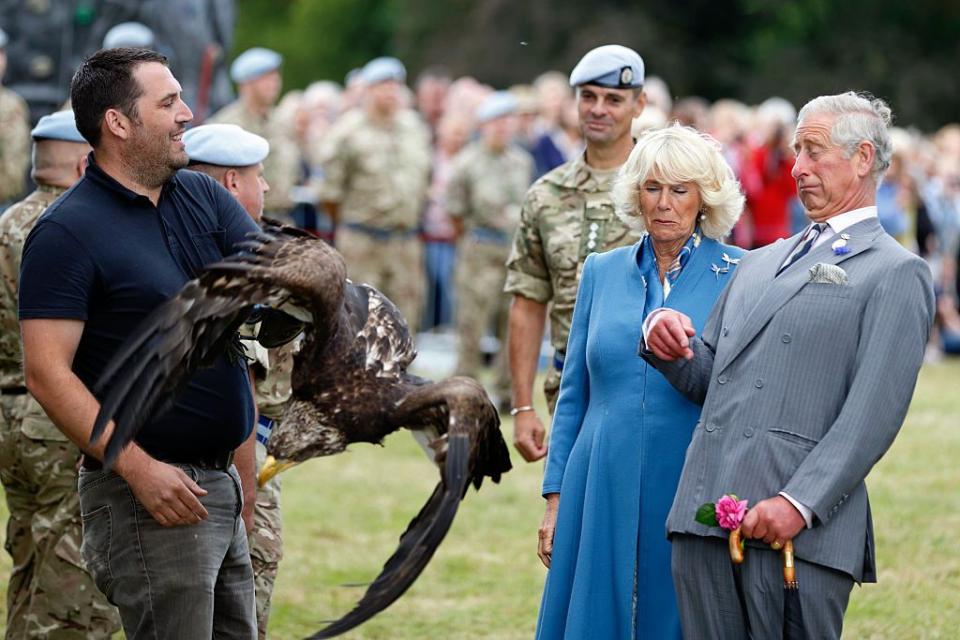
So, Who Works for The Firm?
These days, the Firm includes King Charles, his wife Queen Consort Camilla, the Prince and Princess of Wales, Princess Anne, Prince Edward, and Sophie Countess of Wessex. But per royal expert Carolyn Harris, who spoke to Forbes, Charles is hoping to narrow this group down even further in order to “counter public opinion concerned about the Sovereign Grant going to too many people and there being too much funding for minor royals."
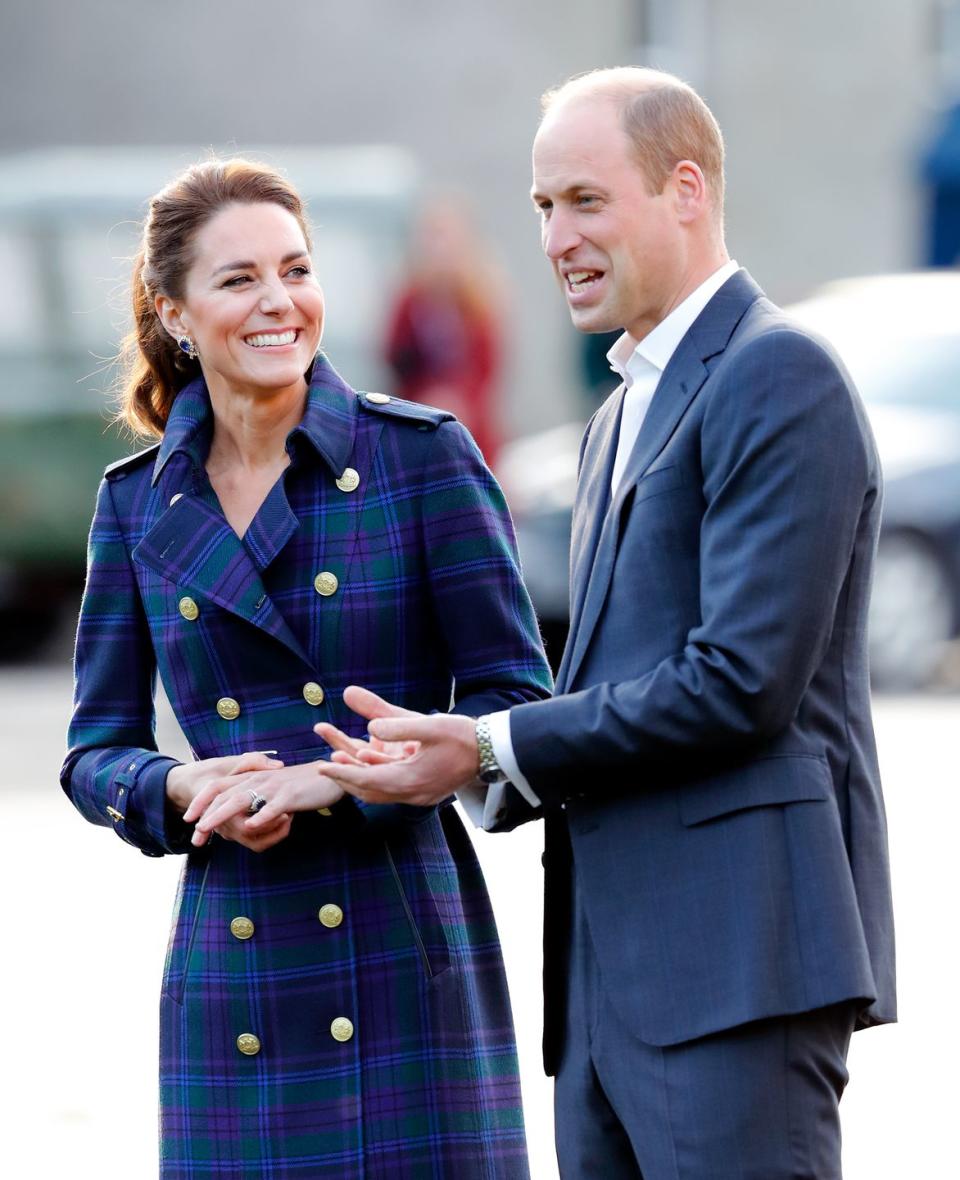
Just keep in mind the royals are just faces of the Firm. The Crown actually employs thousands of people.
What About the Royals' Personal Net Worth?
The royals' personal net worths are tied to the Firm, but only in part! Example: Prince William's net worth has increased thanks to him getting access to the Duchy of Cornwall, but he also has a personal inheritance from his late mother Princess Diana, as well as one from his grandmother the Queen Mother. Meanwhile, Queen Consort Camilla and Kate Middleton also have personal net worths totally separate from the royal family. Dive into them below if you'd like to feel jealous:
You Might Also Like

